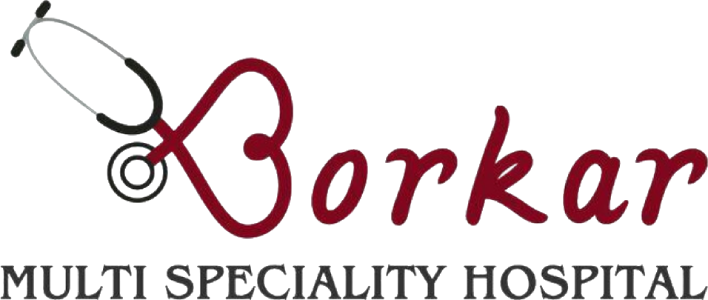SPINAL FRACTURES AND PARALYSIS
Spinal fractures refer to a dislocation of one or more vertebrae in a spine caused by trauma which is considered a serious orthopaedic injury. The majority of these fractures occur as a result of a high-velocity accident and can occur in the neck (cervical spine), mid-back (thoracic spine) or low back (lumbar spine).
Spinal fractures are different than a broken arm or leg. A fracture or dislocation of a vertebra can cause bone fragments to pinch and damage the spinal nerves or spinal cord. Most spinal fractures occur from car accidents, falls, gunshot, or sports injuries. Injuries can range from relatively mild ligament and muscle strains to fractures and dislocations of the bony vertebrae to grievous spinal cord damage. Depending on how severe injury is, one may experience pain, difficulty walking, or be unable to move arms or legs (paralysis).
TREATMENT FOR SPINAL FRACTURES AND PARALYSIS
Spinal fractures are emergencies that need expert medical care. Paralysis is a dreaded complication of these injuries. Care of spinal injured persons requires a full spectrum of orthopaedic doctor, psychologist, physiotherapists, occupational therapist, social workers and vocational counsellors to optimise recovery.
At Borkar Hospital, we have dedicated medical team who are there to assist you in your orthopaedic issues and injury and give you the full status of your orthopaedic health problem with the help of following diagnostic types of equipment:
- MRI
- CT
- Digital x-rays and ultrasound
- We have state-of-the-art operation theatres available round the clock for the stabilization
- State of the art physiotherapy department is available for the rehabilitation
Spinal deformities can be very painful for people and bring about serious complications for them. These cases require to be handled by the medical experts in time to avoid future risks. Spine care and surgery as a service offer a wide range of methods and practices for the surgical treatment of spinal disorders. The spinal deformities for which spine care and surgery is offered include- lower back pain, degenerative diseases, paralysis, fractures, spinal infections, tumours, and other spinal disorders.
Some of the spinal disorders such as lumbar strains, disc herniations, and cervical sprains can be handled by anti-inflammatory medications, physical therapy, and injections. Acupuncture and chiropractic care are also given to patients suffering from mild spinal disorders. However, in case these treatment procedures fail, the patients are advised for spinal surgery.
Types of spinal surgeries
There are many different types of spinal surgeries that are available at Borkar Hospital. Depending upon the spinal deformity and its intensity, the doctor will suggest the type of spinal surgery that can best suit your case and moreover solve the problem.
- Spinal fusion - This type of spinal surgery is very common for chronic back pain patients. In these cases, the doctor joins the spinal bones together.
- Laminectomy - This type of spinal surgery is done for deformities related to lumbar disorders. In this case, the doctor removes the required bone parts, ligaments, or bone spurs in the back. This surgical procedure lessens the pressure and stress on the spinal nerves which can in turn ease weakness and pain of the bones.
- Diskectomy - At times the cushion which separates the vertebrae may slip off from its place, get pressed on one of the spinal nerves and give rise to intense back pain. In this case, the doctor may recommend going for diskectomy. In diskectomy, the doctor removes the entire disk or just a portion of it.
For this, the doctor may make a huge incision on the patient’s back or may carry out the procedure with a small incision often known as a microdiscectomy. Micro diskectomy is carried out using a microscope and is the standard surgery method for lumbar disc disorders. - Foraminotomy - This surgical treatment is carried out for dealing with pain caused due to nerve compression in the spinal cord. In this case, the doctor removes the bones from the vertebrae’s sides to broaden the area where the nerves exit from the spine. This additional area can relieve the pressure exerted on those nerves thereby easing away the pain.
- Disk replacement - In the case of disk replacement, the doctor takes out the worn-out spinal disk, inserting a new artificial disk in between the vertebrae. This type of surgery will help patients to continue moving their spine just like before. Moreover, in this type of surgery, the recovery time associated is also shorter.
Interlaminar implant - This type of surgery is considered as an alternative for the largely invasive laminectomy. In this case, the doctor will insert U-shaped equipment between two spines in the patients’ lower back. This helps by keeping the area in between both of them open which in turn eases out the pressure on the patients’ spinal nerves. This provides the patients’ stability, allowing them to move their back just like before freely.

